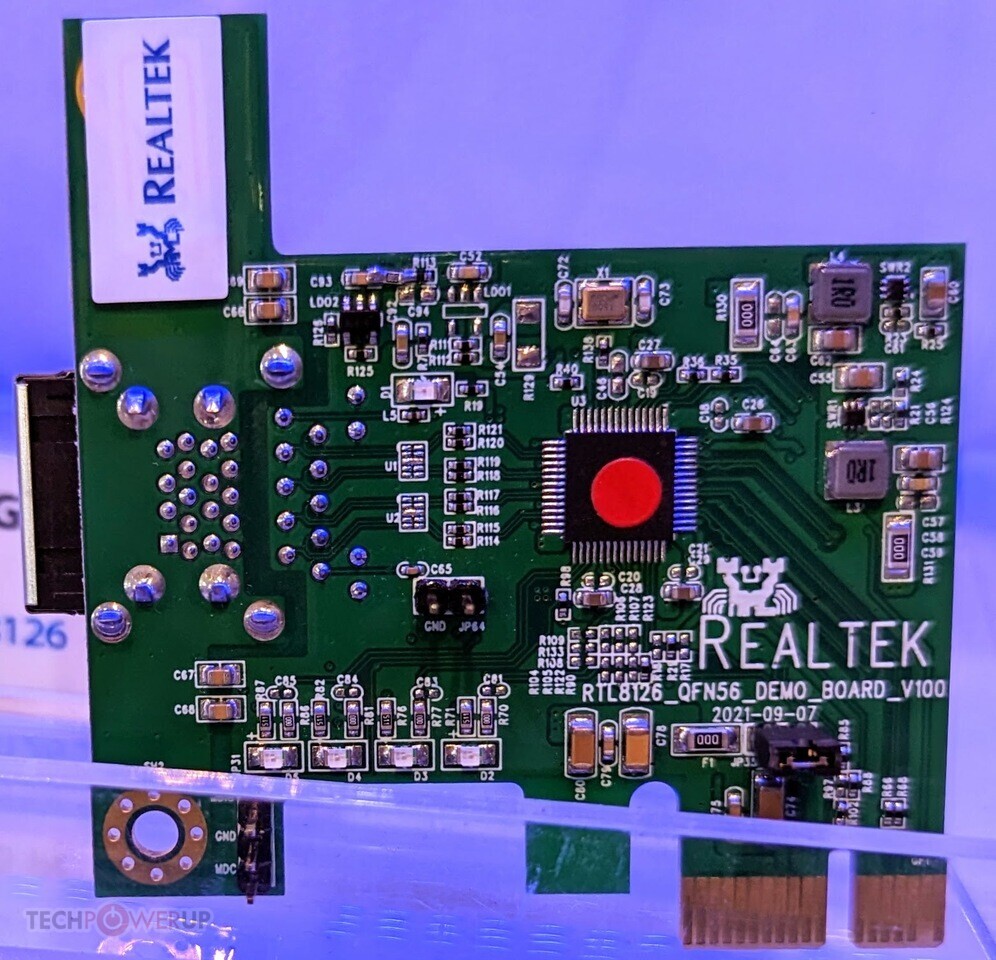- Joined
- Oct 9, 2007
- Messages
- 47,670 (7.43/day)
- Location
- Dublin, Ireland
| System Name | RBMK-1000 |
|---|---|
| Processor | AMD Ryzen 7 5700G |
| Motherboard | Gigabyte B550 AORUS Elite V2 |
| Cooling | DeepCool Gammax L240 V2 |
| Memory | 2x 16GB DDR4-3200 |
| Video Card(s) | Galax RTX 4070 Ti EX |
| Storage | Samsung 990 1TB |
| Display(s) | BenQ 1440p 60 Hz 27-inch |
| Case | Corsair Carbide 100R |
| Audio Device(s) | ASUS SupremeFX S1220A |
| Power Supply | Cooler Master MWE Gold 650W |
| Mouse | ASUS ROG Strix Impact |
| Keyboard | Gamdias Hermes E2 |
| Software | Windows 11 Pro |
ASUS over the weekend introduced the XG-C100C V3, a client-segment 10 GbE PCIe network interface card. The card features a ubiquitous RJ-45 connector that supports 803.2an (10 Gbps), and slower standards, such as 5 GbE, 2.5 GbE, 1 GbE, and 10/100 Mbps. The single-slot, half-height (low-profile) card features a PCI-Express 3.0 x4 host interface, and uses a Marvell AQtion AQC113 controller, with a heatsink. The card features dual-color link/activity LEDs. OS support includes Windows 11, Windows 10, and most recent desktop Linux distributions. The company didn't announce pricing.

View at TechPowerUp Main Site

View at TechPowerUp Main Site








